This article was co-authored by Andrea Rudominer, MD, MPH and by wikiHow staff writer, Jessica Gibson. Dr. Andrea Rudominer is a board certified Pediatrician and Integrative Medicine Doctor based in the San Francisco Bay Area. Dr. Rudominer has over 15 years of medical care experience and specializes in preventive health care, obesity, adolescent care, ADHD, and culturally competent care. Dr. Rudominer received her MD from the University of California, Davis, and completed a residency at the Lucile Packard Children's Hospital at Stanford University. Dr. Rudominer also has an MPH in Maternal Child Health from the University of California, Berkeley. She is a Member of the American Board of Pediatrics, a Fellow of the American Academy of Pediatrics, a Member and Delegate of the California Medical Association, and a Member of the Santa Clara County Medical Association.
There are 7 references cited in this article, which can be found at the bottom of the page.
This article has been viewed 22,241 times.
When your kid gets a wasp sting it's always a cause for concern. Children usually have more swelling than adults and the shock of being stung can be scary! Fortunately, if you already know what to do, you can immediately treat the sting and comfort your child so they feel reassured. If you're not sure where to begin, check out these common questions about wasp stings.
Steps
What should I do if my child gets stung by a wasp?
-
1Wash the area with soap and water. Use cool water to help soothe the skin and wash away venom that might be on the surface. You can wash the area 2 or 3 times a day until the skin is no longer red and swollen.[1]
- Your child will probably be upset and worried that what you're doing will make the sting hurt more. Let them know that you're just washing it to make it feel better.
-
2Place an ice pack on the skin to reduce swelling. Wasp stings can really swell up and hurt, but an ice pack can really help! Wrap an ice pack in a cloth and press it on the area for 10 minutes.[2] Then, leave it off for 10 minutes. Keep alternating back and forth for 10-minute increments.[3]
- If you don't have an ice pack, you can wrap a bag of frozen vegetables in a cloth. The cloth just prevents the extreme cold from damaging the bare skin.
How can I make my child more comfortable?
-
1Apply an antihistamine or corticosteroid cream to their skin. It's pretty common for the sting area to start itching after it's turned red. Teach your child to rub and not scratch the area to prevent infection.[4] Since you don't want your child to scratch the skin, gently rub antihistamine cream, corticosteroid cream, or calamine lotion onto the area to soothe it.[5]
- If you're using calamine lotion, reapply it if it begins to flake off.
- Oatmeal baths and topical poultices can also be helpful.[6]
Expert AnswerQWhat are other things that can help to reduce itching?
Dr. Andrea Rudominer is a board certified Pediatrician and Integrative Medicine Doctor based in the San Francisco Bay Area. Dr. Rudominer has over 15 years of medical care experience and specializes in preventive health care, obesity, adolescent care, ADHD, and culturally competent care. Dr. Rudominer received her MD from the University of California, Davis, and completed a residency at the Lucile Packard Children's Hospital at Stanford University. Dr. Rudominer also has an MPH in Maternal Child Health from the University of California, Berkeley. She is a Member of the American Board of Pediatrics, a Fellow of the American Academy of Pediatrics, a Member and Delegate of the California Medical Association, and a Member of the Santa Clara County Medical Association.Board Certified Pediatrician & Integrative Medicine Doctor
 EXPERT ADVICEAnswer from Andrea Rudominer, MD, MPH:
EXPERT ADVICEAnswer from Andrea Rudominer, MD, MPH:A cold compress, topical poultices, and oatmeal baths can help to reduce itching. An aromatherapy blend of 3 drops of frankincense oil, 2 drops of peppermint oil, and 5 drops of lavender oil mixed in 1 ounce coconut or almond oil also has a soothing effect.
-
2Give your child acetaminophen or ibuprofen to manage the pain. If you've got children's pain medication at home, it's completely fine to give them some. Always give your child a dose based on their age and weight—this is usually listed on the back of the package or you could ask their pediatrician.[7]
- Keep in mind that acetaminophen doesn't reduce inflammation or swelling, but ibuprofen does.
When should I be concerned about a wasp sting?
-
1Get immediate medical attention if you suspect a wasp allergy. While slight redness, swelling, and itchiness are common with wasp stings if the symptoms are severe or you also notice these signs of an allergy, contact your child's pediatrician or nurse hotline for advice:[11]
- Large rash or large area of swelling
- Belly pain, nausea, or vomiting
-
2Call your child's doctor if you suspect the area is infected. If it's been a few days and the skin around the wasp sting doesn't look like it's healing, it may be infected. Contact the pediatrician, nurse hotline, or urgent care if you see these symptoms:[12]
- Increased pain
- Swelling and redness
- Warmth or red streaks around the area
- Pus draining from the sting
- Fever
-
3Take your child for emergency treatment if they were stung near the mouth. These stings can be serious since severe swelling near the mouth or throat can block airways. Don't hesitate to take your child for emergency medical treatment.[13]
- Your child might need medical treatment if they develop a rash or swelling that covers a large area or if they're in pain for days.[14]
Expert Q&A
-
QuestionCan a hot shower give relief from itching?
 Andrea Rudominer, MD, MPHDr. Andrea Rudominer is a board certified Pediatrician and Integrative Medicine Doctor based in the San Francisco Bay Area. Dr. Rudominer has over 15 years of medical care experience and specializes in preventive health care, obesity, adolescent care, ADHD, and culturally competent care. Dr. Rudominer received her MD from the University of California, Davis, and completed a residency at the Lucile Packard Children's Hospital at Stanford University. Dr. Rudominer also has an MPH in Maternal Child Health from the University of California, Berkeley. She is a Member of the American Board of Pediatrics, a Fellow of the American Academy of Pediatrics, a Member and Delegate of the California Medical Association, and a Member of the Santa Clara County Medical Association.
Andrea Rudominer, MD, MPHDr. Andrea Rudominer is a board certified Pediatrician and Integrative Medicine Doctor based in the San Francisco Bay Area. Dr. Rudominer has over 15 years of medical care experience and specializes in preventive health care, obesity, adolescent care, ADHD, and culturally competent care. Dr. Rudominer received her MD from the University of California, Davis, and completed a residency at the Lucile Packard Children's Hospital at Stanford University. Dr. Rudominer also has an MPH in Maternal Child Health from the University of California, Berkeley. She is a Member of the American Board of Pediatrics, a Fellow of the American Academy of Pediatrics, a Member and Delegate of the California Medical Association, and a Member of the Santa Clara County Medical Association.
Board Certified Pediatrician & Integrative Medicine Doctor It is not good to take a hot shower after an insect bite. The heat releases the histamines and makes the area itchy.
It is not good to take a hot shower after an insect bite. The heat releases the histamines and makes the area itchy.
Warnings
- Get emergency medical attention if your child was stung more than 5 times, or you think they're having a life-threatening allergic reaction—they have trouble breathing, tightness in the throat or chest, swelling on their face, dizziness, fainting, nausea, or vomiting.[15]⧼thumbs_response⧽
- If you see signs of a serious allergic reaction, use an epinephrine pen if you have access to one and call 911.[16]⧼thumbs_response⧽
References
- ↑ https://kidshealth.org/en/parents/bee-stings.html
- ↑ Andrea Rudominer, MD, MPH. Board Certified Pediatrician & Integrative Medicine Doctor. Expert Interview. 13 April 2020.
- ↑ https://www.stanfordchildrens.org/en/topic/default?id=insect-stings-in-children-90-P02854
- ↑ Andrea Rudominer, MD, MPH. Board Certified Pediatrician & Integrative Medicine Doctor. Expert Interview. 13 April 2020.
- ↑ https://www.stanfordchildrens.org/en/topic/default?id=insect-stings-in-children-90-P02854
- ↑ Andrea Rudominer, MD, MPH. Board Certified Pediatrician & Integrative Medicine Doctor. Expert Interview. 13 April 2020.
- ↑ https://kidshealth.org/en/parents/bee-stings.html
- ↑ https://www.choc.org/news/what-to-do-if-you-get-stung-by-a-bee/
- ↑ https://www.childrenscolorado.org/conditions-and-advice/conditions-and-symptoms/symptoms/bee-or-yellow-jacket-sting/
- ↑ https://myhealth.alberta.ca/Health/aftercareinformation/pages/conditions.aspx?hwid=uh3298
- ↑ https://myhealth.alberta.ca/Health/aftercareinformation/pages/conditions.aspx?hwid=bu1273
- ↑ https://myhealth.alberta.ca/Health/aftercareinformation/pages/conditions.aspx?hwid=bu1273
- ↑ https://www.stanfordchildrens.org/en/topic/default?id=insect-stings-in-children-90-P02854
- ↑ https://kidshealth.org/en/parents/bee-stings.html
- ↑ https://kidshealth.org/en/parents/bee-stings.html
- ↑ https://kidshealth.org/en/parents/bee-stings.html
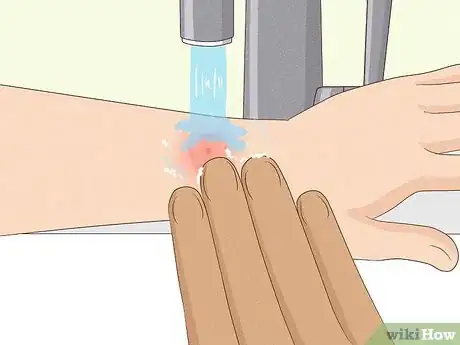
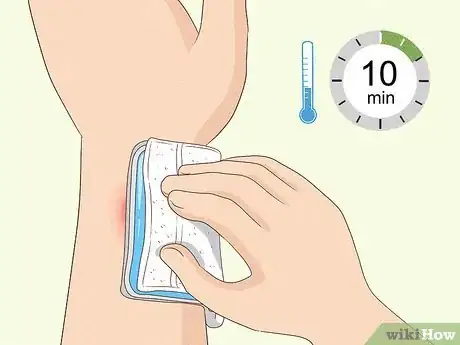
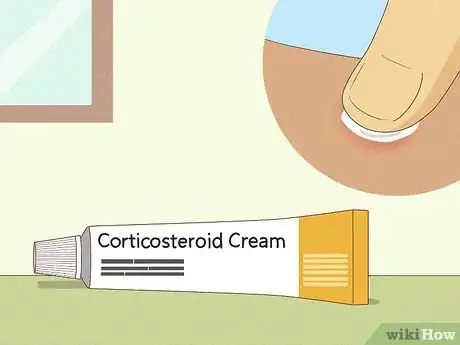
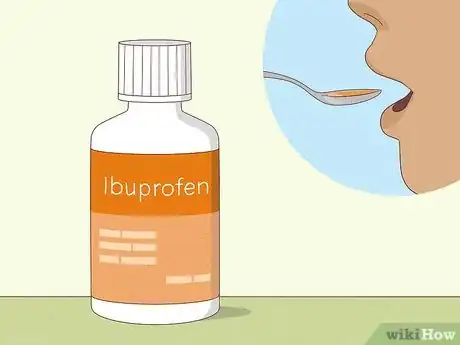
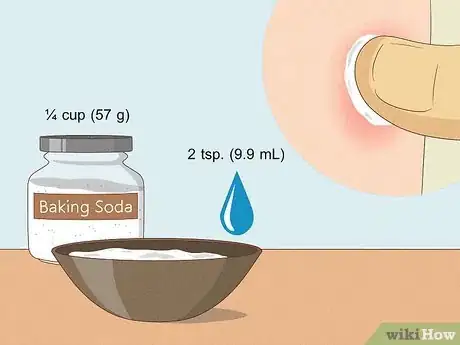


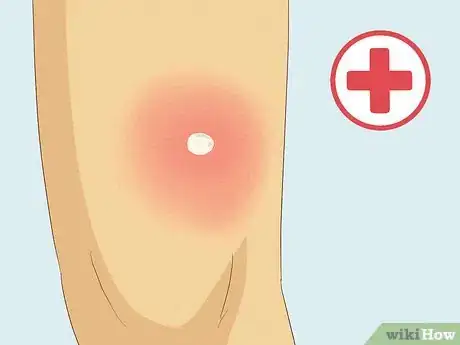
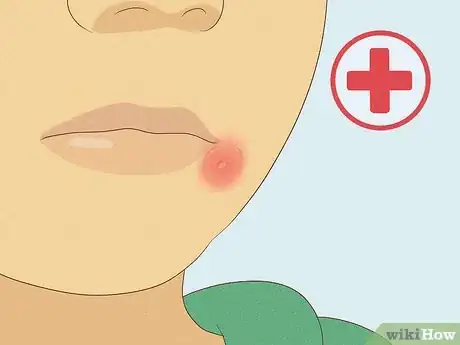
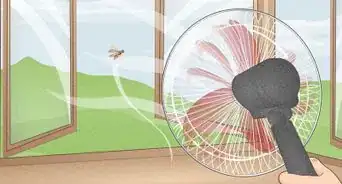
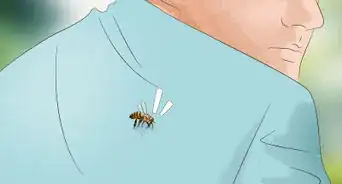

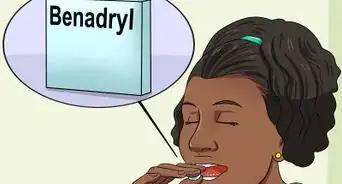
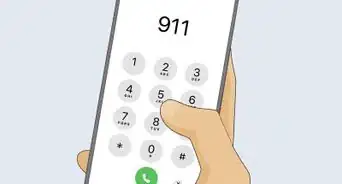
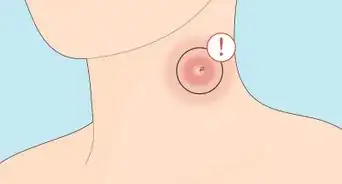
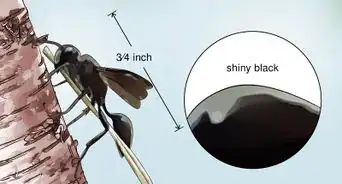
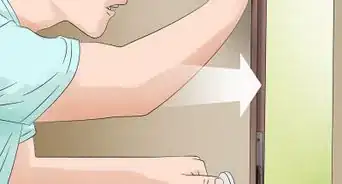
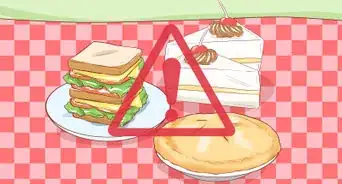
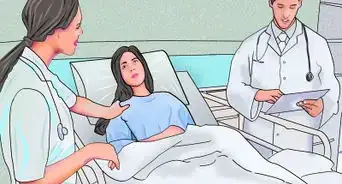
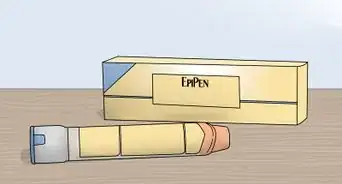
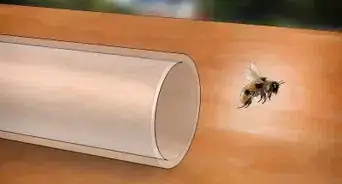

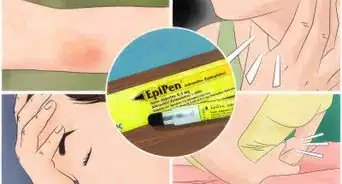







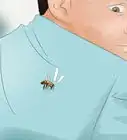

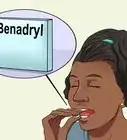



































Medical Disclaimer
The content of this article is not intended to be a substitute for professional medical advice, examination, diagnosis, or treatment. You should always contact your doctor or other qualified healthcare professional before starting, changing, or stopping any kind of health treatment.
Read More...